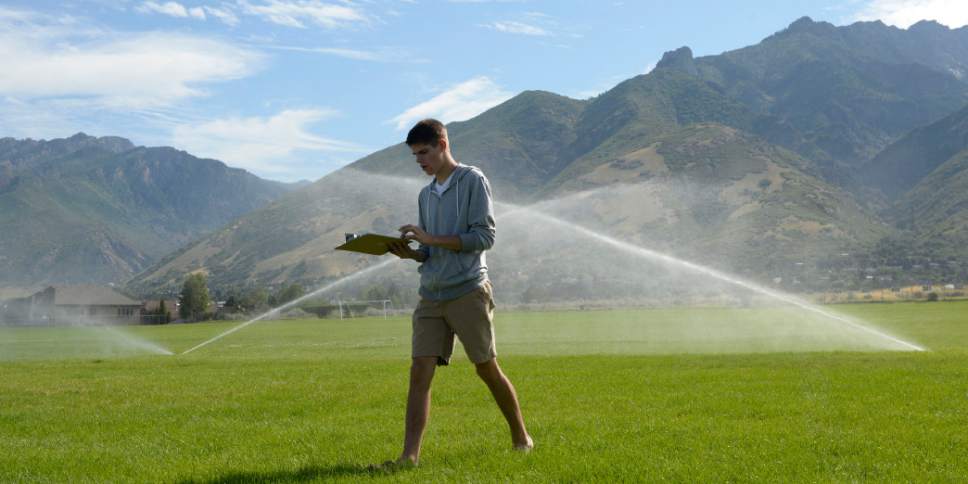This is an archived article that was published on sltrib.com in 2017, and information in the article may be outdated. It is provided only for personal research purposes and may not be reprinted.
We live in a data-driven world. Just about everything from practicing medicine to committing journalism to finding romance has, in so many ways, been reduced to spreadsheets, formulas and algorithms.
Just about everything, that is, except something that we should have had a firm mathematical handle on decades ago.
Utah, high desert, second driest state in the nation, with a burgeoning population, has something short of a clue as to how much water it uses.
And this doesn't seem to matter too much to the powers that be, or at least to that subset of them that continues to draw up plans to build humongous pipelines, erect a flock of dams and wreck the ecosystem of the Great Salt Lake, all based on two totally unsupported assumptions.
One is that we need more water. The other is that, even if we do need more water, that there is more water to be had, from anywhere, at any price.
Thanks to a diligent open records request made by the Utah Rivers Council — and rightly granted by the Utah State Records Committee — we all now know something about what we don't know. Basically that the official reports to and by the state's Division of Water Resources consist of all too much guesswork and extrapolation and far too little actual, confirmed data.
Seeing just how sloppy these reports are helps to explain why the DWR didn't want anyone to see them. Even though it appears as though the employees of that agency at least made the attempt to clean up the messes made by municipal water suppliers, water conservancy districts and others who move water from one place to another. They had to recalculate totals, fill in gaps and repeatedly hector some water districts into providing the information in the first place.
Meanwhile, the agricultural use of water, which is generally thought to account for up to 80 percent of the state's water consumption, is today an educated guess based less on actual usage than on assumptions of how much water is necessary to sustain certain crops.
Crops that are not so much the much-loved peach and cherry orchards of Utah's past but acres and acres of thirsty alfalfa, grown to be fed to cows, including cows that don't even live in Utah.
For anyone to even think of pursuing such behemoth water projects as the proposed pipeline from Lake Powell to St. George, or the series of dams and reservoirs envisioned for the Bear River system upstream of the Great Salt Lake, makes no sense at all until the state has a handle on its total usage, how that breaks down by location and economic sector and, most important, how we could manage to use a lot less before we spend billions to bring in a lot more.
If, that is, the unmistakable trend toward a change in the planet's climate doesn't result in rivers and lakes that don't have any water to divert.
Gov. Gary Herbert, leaders of the Legislature and everyone who cares at all about the future of Utah must realize that, before we can chart the future of water use in our state, we have to have a much better handle on the present.



